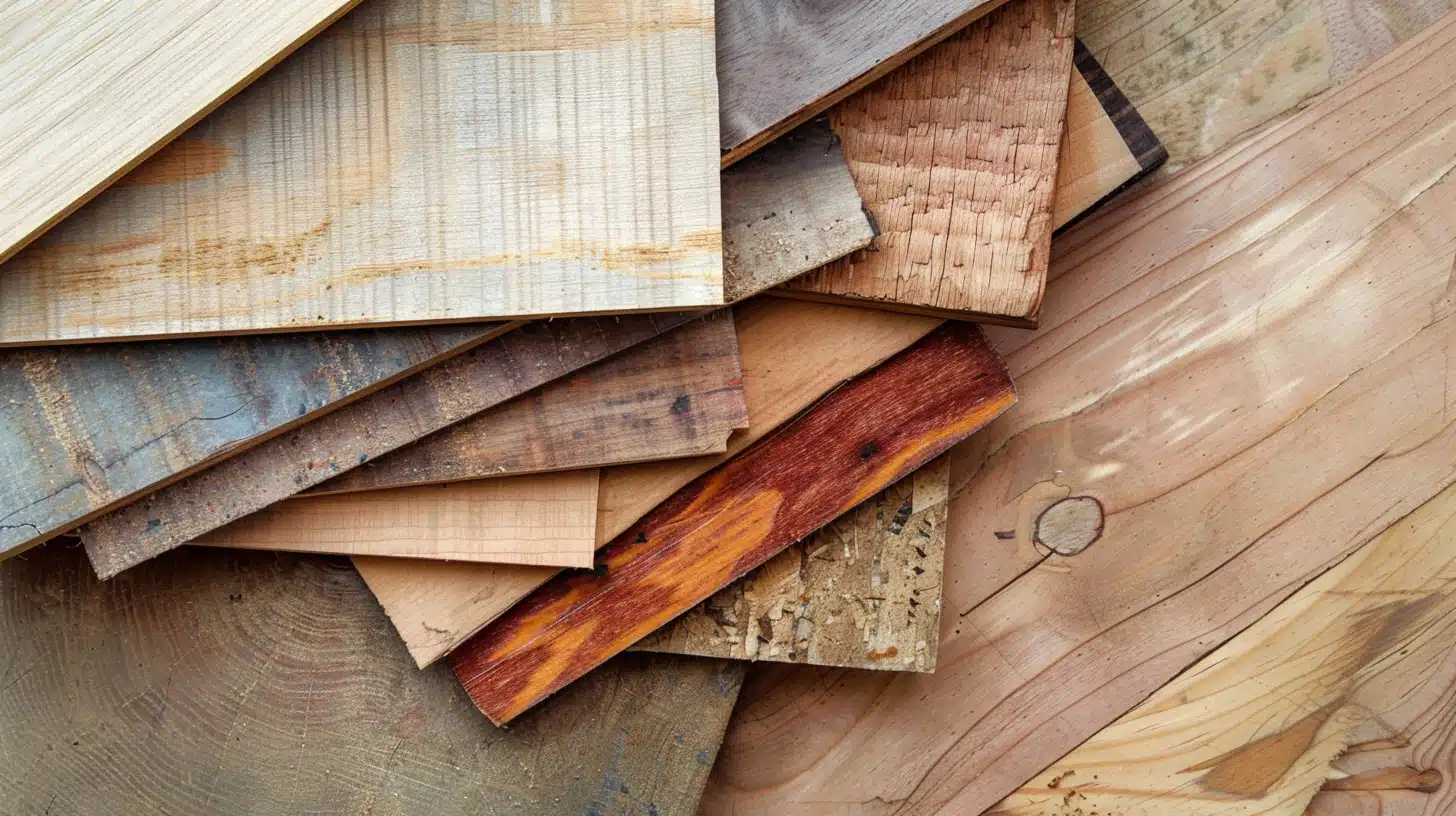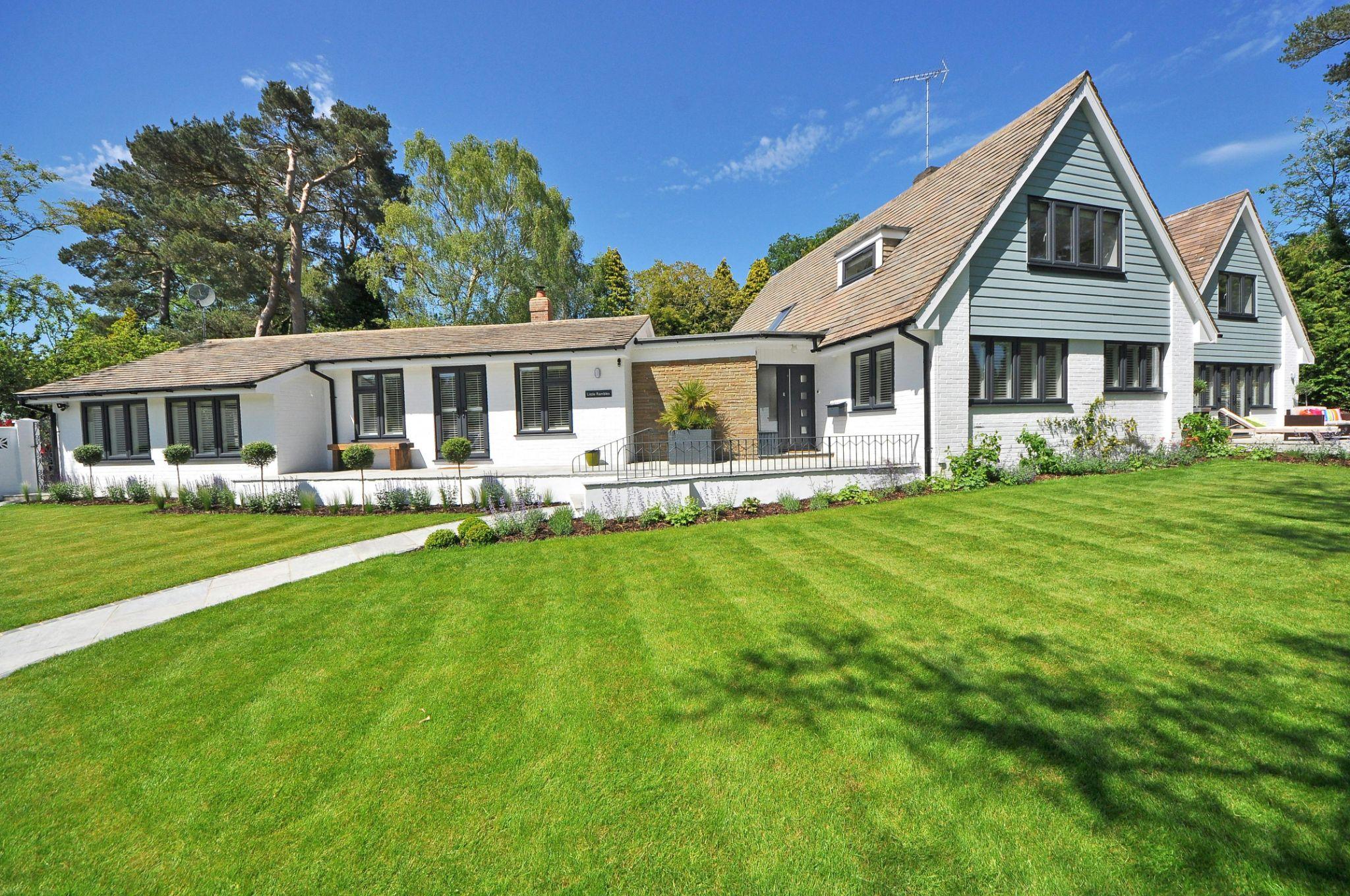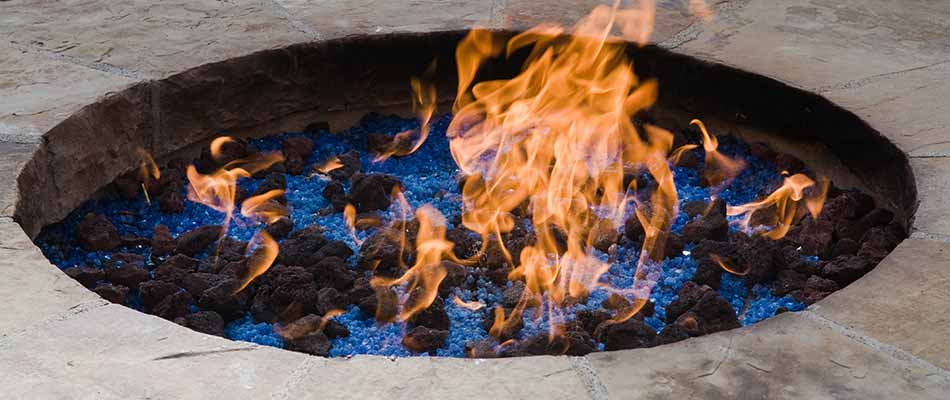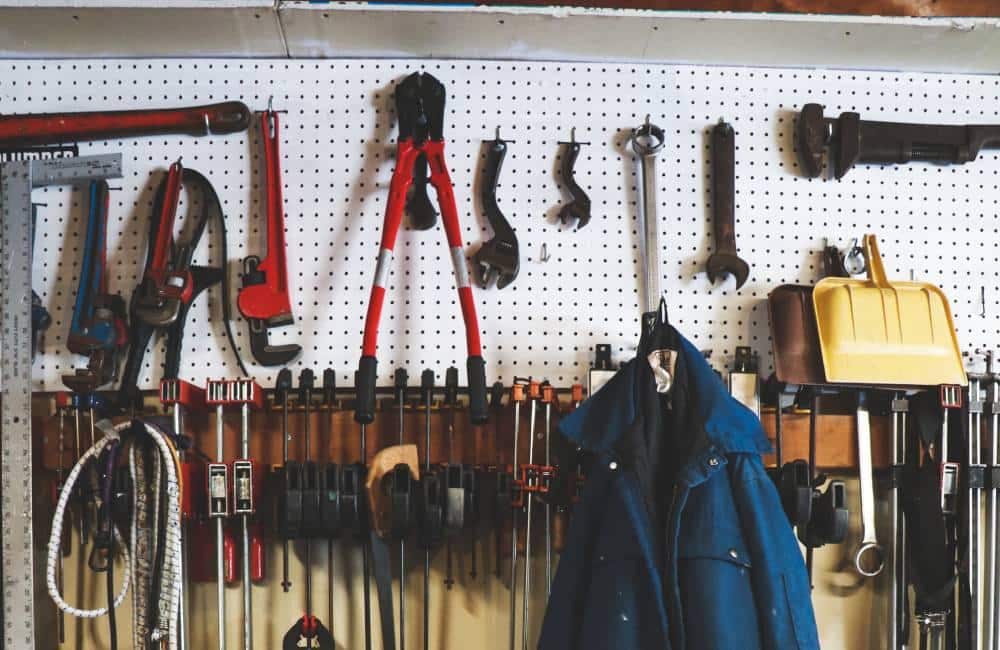Demystifying Plywood: Structural vs. Non-Structural Varieties
Plywood, a revered construction material, often becomes the linchpin of many construction projects. Anyone looking to utilize this versatile material should familiarize themselves with its two primary categories: structural and non-structural plywood. The distinction between the two is pivotal and can significantly impact the longevity and efficacy of a project.
What Sets Structural Plywood Apart from Non-Structural Plywood?

At the heart of the difference between structural and non-structural 6mm plywood lies the adhesive used during their manufacturing.
- Structural Plywood: Predominantly crafted using A-Bond or B-Bond adhesives. A-Bond adhesives lean heavily on phenol formaldehyde resin, while B-Bond incorporates a melamine-urea formaldehyde blend. The resultant bond from these adhesives is robust enough to brave damp settings and varying temperatures.
- Non-Structural Plywood: This is predominantly crafted using C-D Bond adhesives. They rely on urea-formaldehyde resin, which, unfortunately, breaks down quickly under humid conditions and temperature swings. This inherently limits the suitability of non-structural plywood for structural tasks and outdoor placements.
When Should You Opt for Structural Plywood?
As deduced from its title, structural plywood finds its niche in supporting and reinforcing building structures, such as beams and hoardings. It is also frequently chosen for constructing internal fixtures like roof bracing, walls, and plywood flooring.
But the versatility of structural plywood doesn’t end there. It is equally adept for lighter tasks, like constructing crates, boxes, and even outdoor furniture pieces. A-Bond plywood stands unmatched for those seeking the epitome of durability, especially when confronted with unforgiving outdoor conditions.
For situations demanding resilience against moisture, marine-grade plywood becomes the go-to. Endowed with adhesives that are both “weather and boil-proof” (WBP), marine-grade plywood can thrive in environments like saunas or bathrooms and can even endure prolonged boiling without coming apart.
On the other hand, for tasks like forming exterior door skins or concrete formwork, B-Bond plywood becomes a viable choice. While it might not boast the same durability levels as its A-Bond counterpart, it still provides a commendable shield against external conditions.
The World of Non-Structural Plywood
Typically labeled as interior plywood, non-structural plywood leans towards aesthetic applications.
- C-Bond Plywood: Featuring a higher-grade face, C-Bond is ideal for those keen on applying paint. Its applications span across ceilings, wall linings, furniture, and decorative facets. Thanks to its reasonably high humidity tolerance (certainly more than D-Bond plywood), it can be comfortably utilized in humid indoor settings.
- D-Bond Plywood: These boards, however, come with more apparent imperfections and diminished resilience to humidity. Thus, while using D-Bond for interior purposes, it’s essential to ensure they remain distant from humid areas. Nevertheless, in terms of application, they closely resemble the C-Bond boards.
Choosing the Perfect Plywood
The selection process can become overwhelming given the extensive array of structural and non-structural plywoods available. It’s easy to inadvertently opt for a plywood variant that might align differently with a specific task’s demands.
Even if a certain non-structural plywood variant may visually complement an interior space, its practical performance might leave much to be desired. Similarly, while some structural plywood variants might be paragons of durability, they might not mesh well with a design’s visible finishes due to aesthetic constraints.
To sidestep these pitfalls, investing some time in research and meticulous examination is imperative while scouting for plywood suppliers. A nuanced understanding of the gamut of plywood types will streamline the selection process, ensuring that your envisioned structure is robust and aesthetically pleasing.







